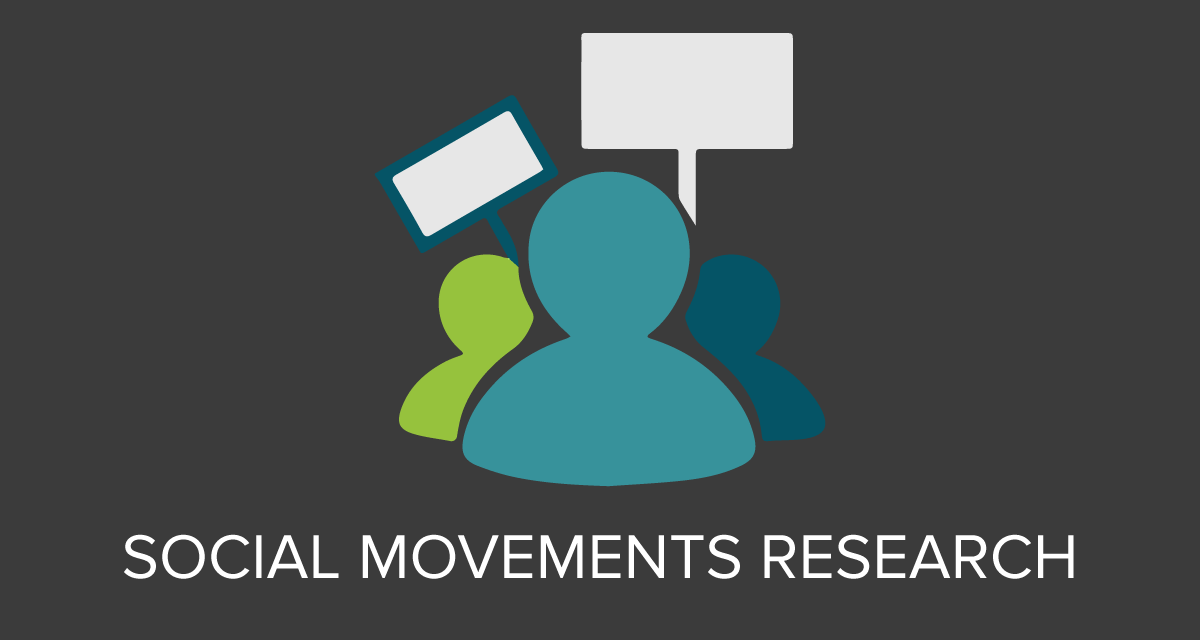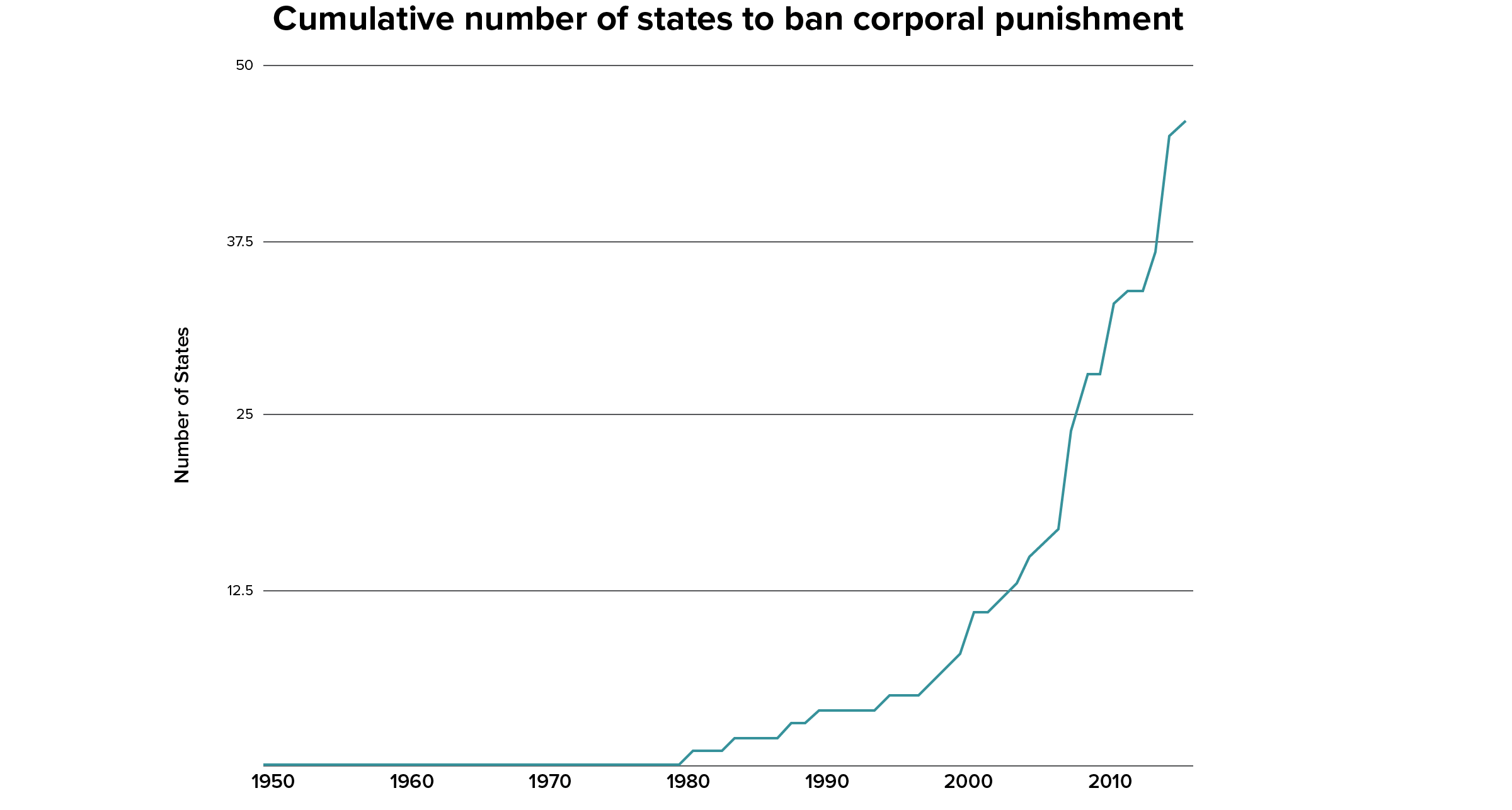
Social Movements Case Study: Children’s Rights

ACE has been working on a project that will supplement our other research by compiling information from other social movements that is relevant to animal advocates. In the first phase of this social movements project, we’ll gradually release case studies of several social movements. In the next phase we’ll analyze those case studies as a group to find patterns common to many movements, with the hope of using these patterns to inform our thinking about animal advocacy.
We’ve just released our third case study which profiles the children’s rights movement, particularly in Sweden, where corporal punishment was first banned, and New Zealand, which has banned corporal punishment more recently. We’ve compiled some excerpts from the study below. Read the full case study for more detail.
Summary
The successes and failures of the children’s rights movement can serve as lessons to animal advocates. It’s an example of advocacy on behalf of a disregarded group of persons, in which members of that group have not been the leading proponents. However, many proponents had previously been hit as children and so could speak of what it felt like in the first person. In some cases this does not appear to have been an influential form of advocacy, but it’s important to recognize this difference may have implications for advocacy techniques.
The analysis below is not enough to determine with precision everything animal advocates can learn from movements on behalf of children. However, the report shows that laws criminalizing violence towards a particular groups of persons does appear to decrease that behavior by means of communicating the new non-violent social norm. Changes in the law in one country may also spread worldwide, as we see in the case of Sweden criminalizing corporal punishment. These changes were also accompanied by less dramatic measures, like reducing the risk of accidents (and thus the perceived need to inflict corporal punishment on children), spreading empathy for children’s situation, and making legal changes easy to support.
Why should animal activists be interested in the children’s rights movement?
The nonhuman animal rights movement is often analogized to human rights movements, and of these analogies the children’s rights movement seems particularly apt and under-studied. Throughout most of human history children were not entitled to any formally recognized legal rights. The concept still receives little attention in many countries, conspicuously so in the United States. Like with other human liberation movements, children have long been considered property (in this case, of their caregivers). However, the emergence of children’s rights stands isolated among such human liberation movements, as one in which the beneficiaries were not the leading proponents – children are not in a position to campaign for themselves, limited in their ability to express their discontent in ways that adults recognize, and possess little power to resist physical assault. Exploited nonhuman animals are in a similar predicament today; unable to campaign, communicate effectively or resist harm, their interests are almost entirely ignored and property status maintained. The idea that they should be the beneficiaries of rights is often met with fierce opposition.
The impact of precedent-setting

The space of time within which corporal punishment prohibition occurred in many countries around the globe is extremely short, as is often the case with rights revolutions. After no such ban in the entirety of human history, the number of states with a full prohibition on corporal punishment grew steadily from 1 in 1979 to 8 in 1999, before beginning a sharp incline from then onwards, climbing to 46 states as of August 2015. Discerning the effect of Sweden’s precedent is difficult because we don’t know the counterfactual, but nevertheless there are multiple reasons for thinking that the Swedish precedent was influential.
Filed Under: Research Tagged With: social movements
About Allison Smith
Allison studied mathematics at Carleton College and Northwestern University before joining ACE to help build its research program in their role as Director of Research from 2015–2018. Most recently, Allison joined ACE's Board of Directors, and is currently training to become a physical therapist assistant.